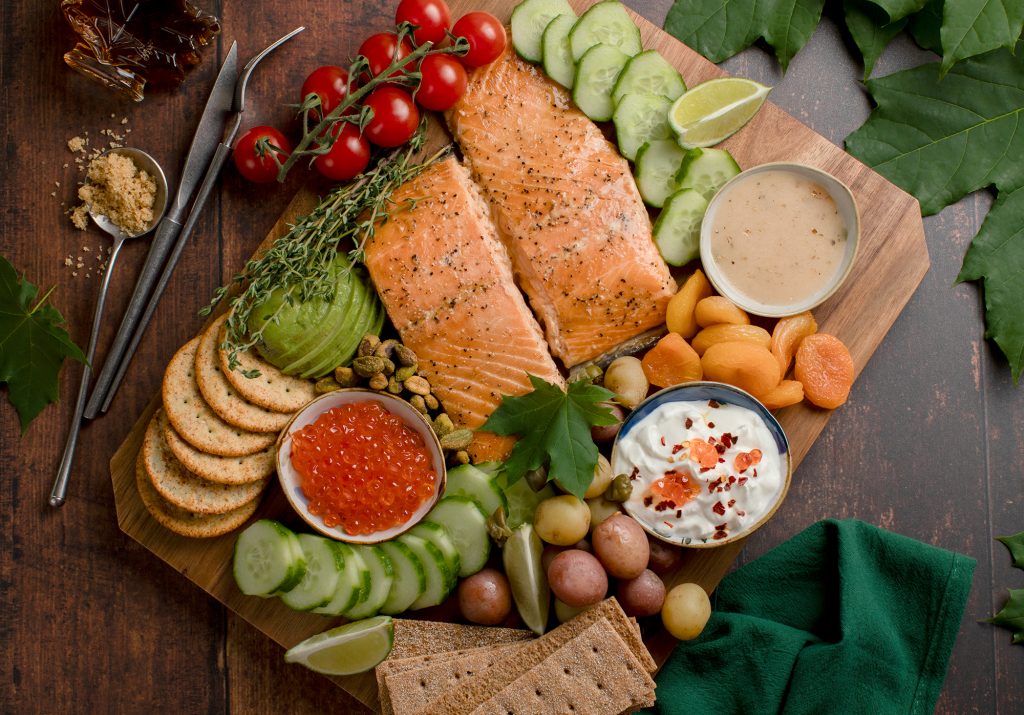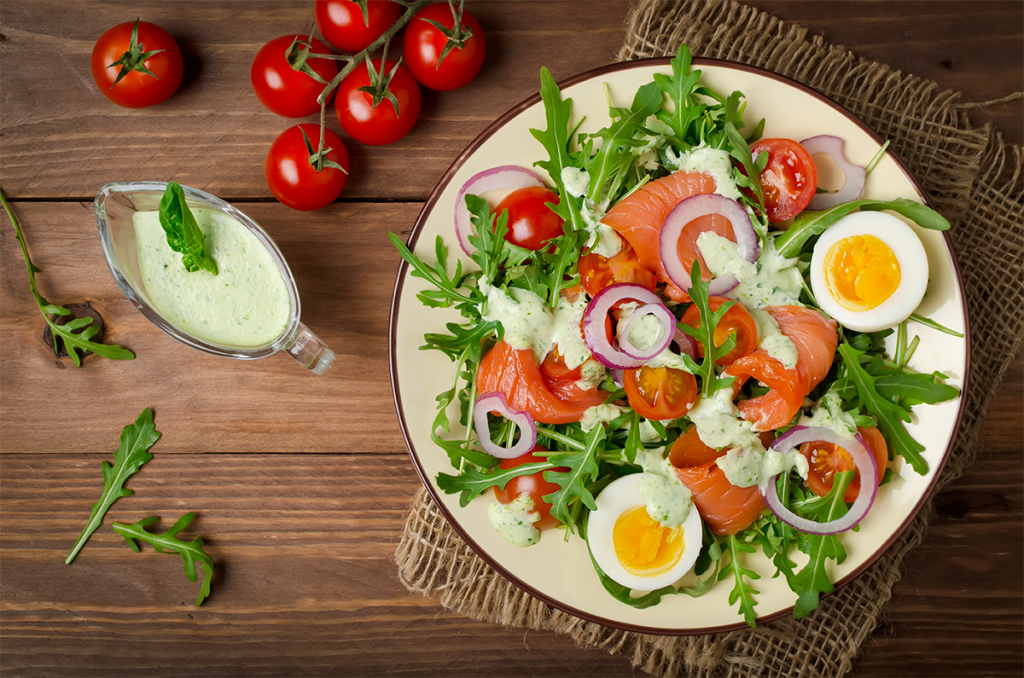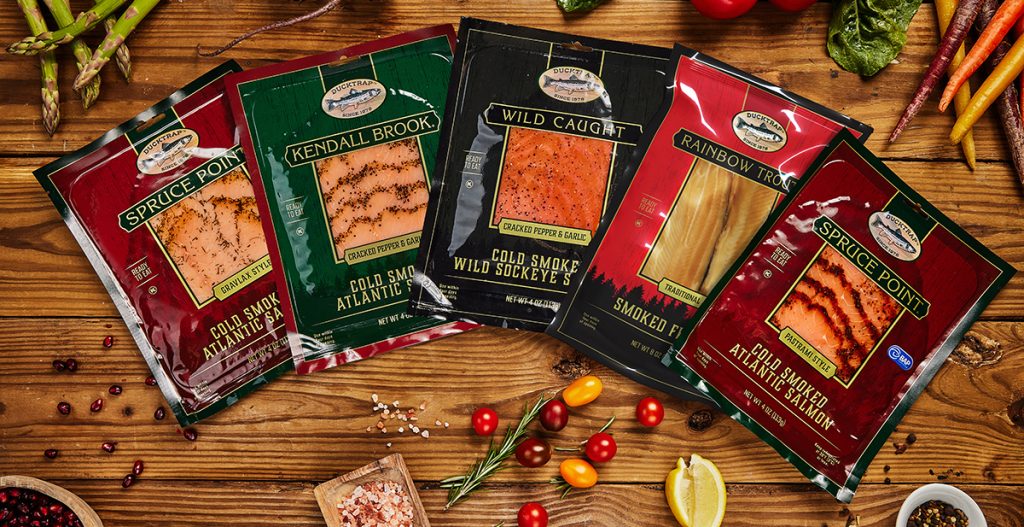Salmon has earned its place as one of the most versatile and tasty fish in kitchens worldwide. Among its many preparations, smoked salmon stands out as a delicacy appreciated for its rich flavors and silky textures. But did you know there are two distinct types of smoked salmon? Exploring the differences between hot smoked vs cold smoked salmon can determine the symphony of textures and flavors on your plate.
The Smoking Difference Is Temperature
The fundamental difference between these two styles comes down to temperature. This distinction affects everything from texture to flavor, appearance, and how you'll want to use each variety in your cooking.

Cold Smoked Salmon
Cold smoked salmon is prepared at low temperatures, typically around 80°F (27°C), far away from the heat source. The salmon is cured first in salt and then smoked for at least 12 to 48 hours. This gentle process preserves the salmon's raw-like appearance while infusing it with a delicate smokiness.
The result is a silky, almost buttery texture that melts in your mouth, with a subtle smoky flavor that complements the natural richness of the salmon. It's often described as having a velvety feel, with a clean, fresh aftertaste.
Hot Smoked Salmon
By contrast, hot smoked salmon is smoked at much higher temperatures, 225-275°F (105-135°C), cooking the fish while simultaneously smoking it. This process only takes 1-3 hours, resulting in fully cooked salmon with a robust, intensely smoky flavor and tender, flaky texture. Think of it as a warm, savory indulgence. The smoky notes penetrate deeply, leaving a lingering, satisfying taste. The flavor is bold, with a pronounced smokiness and less saltiness than cold smoked.
While thinly sliced cold smoked salmon offers that luxurious, melt-in-your-mouth experience, hot smoked provides a more substantial, intensely flavored eating experience.

Smoked Salmon's Path to Your Table
Cold Smoking Process
Hot Smoking Process
Culinary Uses: Which Type for Which Dish?

Now that we understand the fundamental differences between hot and cold smoked salmon, let's explore how to put each type to its best use in the kitchen. Each variety's distinct texture and flavor profiles make them suited to different culinary applications.
Best Uses for Cold Smoked Salmon
Cold smoked salmon's delicate, silky texture and subtle flavor make it perfect for dishes in which it can shine without overwhelming other ingredients.

Best Uses for Hot Smoked Salmon
The flaky, firm texture and more pronounced smokiness of hot smoked salmon make it versatile for heartier applications where you want that smoky flavor to come through.
Both types can work beautifully in salads, but hot smoked salmon provides more presence and chew, while cold smoked offers delicacy and subtle flavor.
Many food enthusiasts debate the best smoked salmon style, but each has its place in the culinary world. Cold smoked salmon often shines in elegant, minimal preparations where the salmon is the star. Hot smoked salmon is the choice for hearty, everyday meals with a smoky flavor.
How to Select Quality Smoked Salmon

Whatever style you prefer, quality matters when purchasing smoked salmon. When shopping for smoked salmon, your senses are your best tools. Look at the color and appearance, smell the aroma, and assess the texture. Premium smoked salmon reflects careful smoking techniques, quality sourcing, and proper handling throughout production. Here's what to look for:
For Cold Smoked Salmon
For Hot Smoked Salmon:
A Tale of Two Smokes
Both hot and cold smoked salmon provide unique culinary experiences with distinct flavors, textures, and uses. Whether you favor the delicate, silky texture of cold smoked salmon or the flaky, robust character of hot smoked salmon, both are delicious ways to enjoy the nutritional benefits of this remarkable fish.
References:
https://www.americastestkitchen.com/articles/7494-how-to-hot-smoke-salmon
https://myfoodbook.com.au/tips/hot-vs-cold-smoked-salmon
https://www.seriouseats.com/how-to-smoke-salmon-recipe-8621746